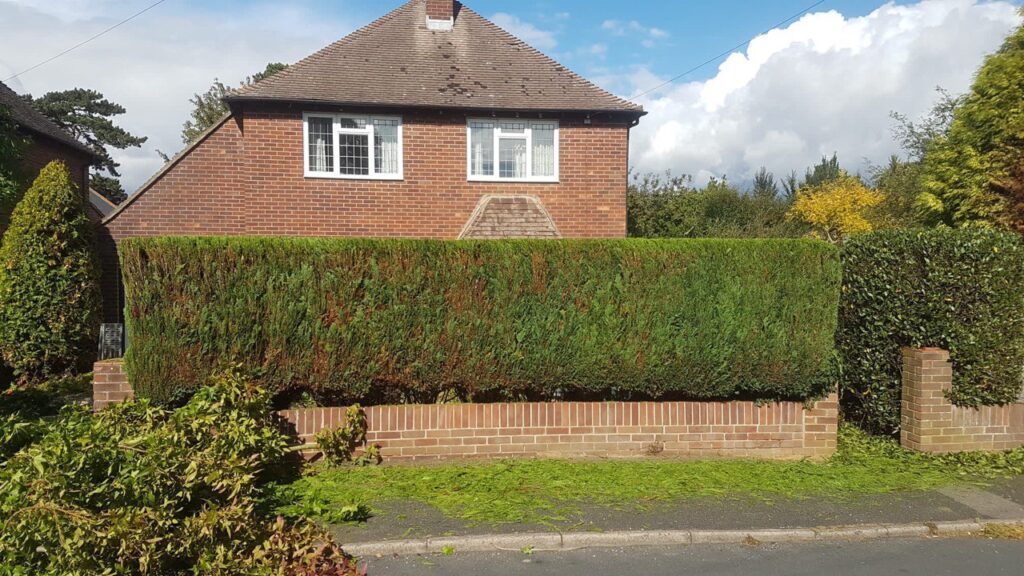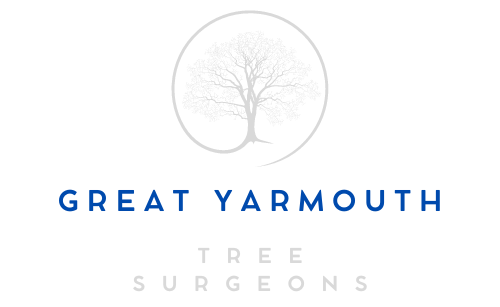Avoiding Pitfalls: Common Mistakes to Dodge When Stump Grinding
Introduction: Stump grinding is a popular method for removing tree stumps, but it requires careful execution to achieve successful results. Unfortunately, many homeowners make common mistakes that can lead to inefficient grinding, damage to equipment, or safety hazards. In this blog post, we’ll highlight some of the most common mistakes to avoid when stump grinding to help ensure a smooth and effective process.
- Inadequate Safety Precautions:
- One of the most critical mistakes is neglecting safety precautions. Always wear appropriate protective gear, including goggles, ear protection, gloves, and sturdy footwear, to shield yourself from flying debris and potential injuries. Additionally, ensure the work area is clear of obstacles and hazards before grinding.
- Not Reading the Operator’s Manual:
- A common oversight is failing to read the operator’s manual before using a stump grinder. Each grinder operates differently, so it’s essential to familiarise yourself with the machine’s controls, safety features, and operating procedures outlined in the manual to ensure safe and effective operation.
- Incorrect Grinder Size:
- Using the wrong size grinder for the job can result in inefficient grinding and potential damage to the equipment. Choose a stump grinder appropriate for the size and hardness of the stump you’re removing. A grinder that’s too small may struggle to grind larger stumps effectively, while a grinder that’s too large may be cumbersome to manoeuvre in tight spaces.
- Ignoring Surrounding Obstacles:
- Failing to account for surrounding obstacles, such as rocks, roots, or buried utilities, can lead to accidents or damage to the grinder. Before grinding, thoroughly inspect the work area and remove any obstacles that may impede the grinding process or pose a safety risk.
- Grinding Too Shallow:
- Grinding the stump too shallow is a common mistake that can result in regrowth or the emergence of unsightly protrusions. Ensure you grind the stump to a sufficient depth below ground level to prevent regrowth and promote smooth landscaping over the area.
- Overloading the Grinder:
- Overloading the stump grinder with too much material at once can strain the engine and cause premature wear or damage. Feed the grinder gradually, allowing it to grind the stump in small increments to avoid overloading and ensure optimal performance.
- Poor Technique:
- Improper grinding techniques, such as excessive pressure or erratic movements, can lead to uneven grinding and unsatisfactory results. Use a steady and controlled motion, moving the grinder back and forth in a systematic manner to achieve uniform grinding and a smooth surface.
- Neglecting Post-Grinding Cleanup:
- Failing to clean up debris and wood chips after grinding is complete can create a safety hazard and detract from the area’s appearance. Thoroughly clean up the work area and dispose of debris properly to ensure a clean and tidy finish.
Conclusion: Avoiding these common mistakes is essential for successful stump grinding results. By prioritising safety, reading the operator’s manual, selecting the appropriate grinder size, inspecting the work area, grinding to the correct depth, using proper technique, and cleaning up thoroughly, homeowners can ensure a smooth and effective stump grinding process.
Call us on: 01493 807 192
Click here to find out more about Great Yarmouth Tree Surgeons
Click here to complete our contact form and see how we can help with your tree’s needs.

